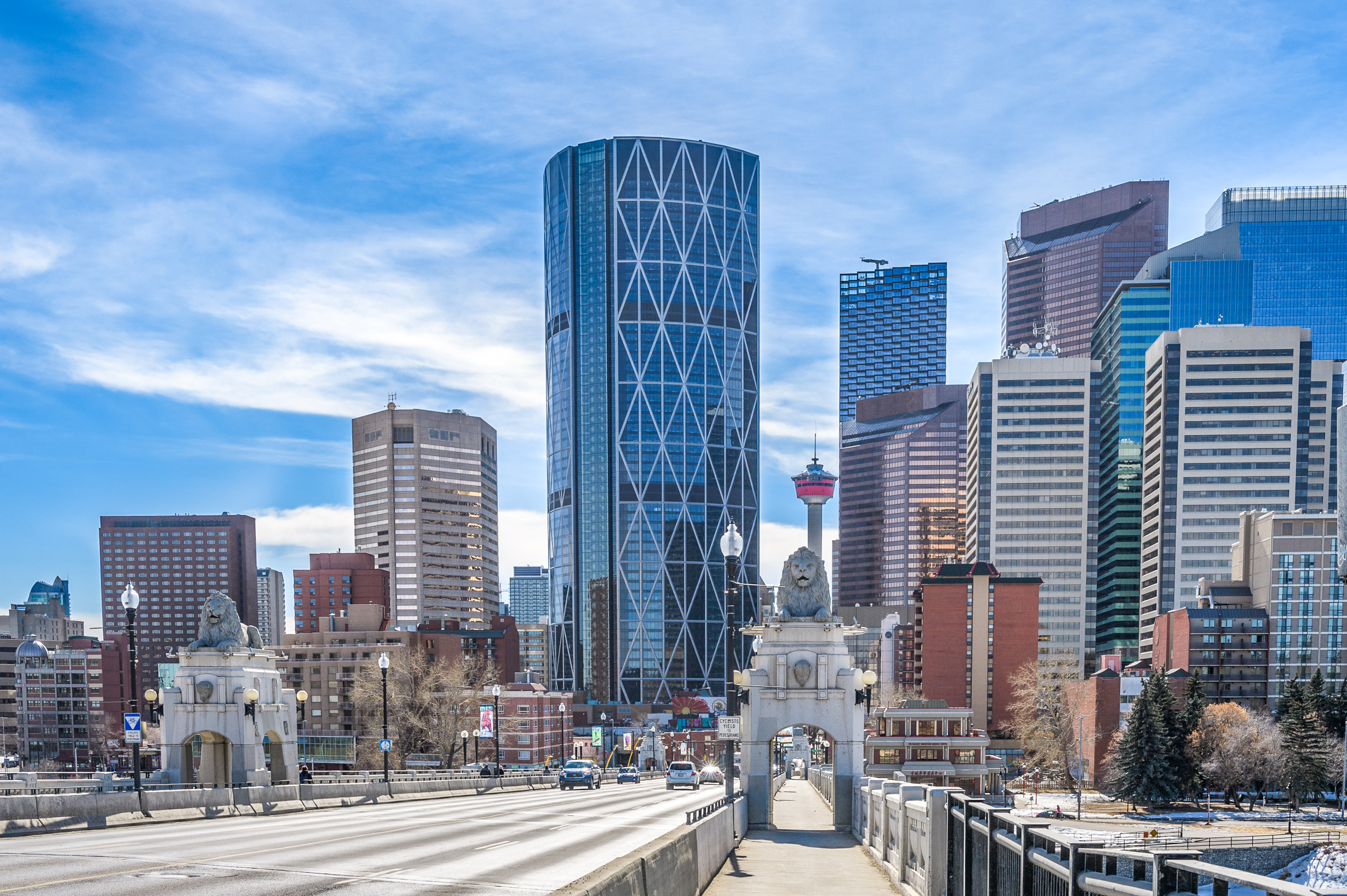We should emulate the urban design of Vancouver in the 21st century, Montreal's built form and density from pre-1940 and their public space design of the 2020s, and Toronto's enthusiasm for massive housing supply growth of the 1950s - 1970s.
What none of these three cities would have done is have the right-of-way setbacks that Calgary had protected - forever and for little reason - in locations such as this. Everything about our arterial right-of-ways (giant medians, bloated intersection designs, slip lanes etc.) is ignorant of space and assumes land has no value. No major city does this. This proposal should be illustrative that if you can fit 6 towers in a setback space without even tearing down the adjacent strip mall or moving a road, perhaps your setback and right-of-way plans were wildly bloated and unnecessary. Clearly someone thinks the land has substantial value.
I am only half-joking but most of Calgary's arterials and 1970s-era neighbourhood boulevards have larger setbacks than the 401 in Toronto. You could add tens of thousands of units in the current footprint of the city by applying this kind of Glenmore Landing development approach to other similar situations.
